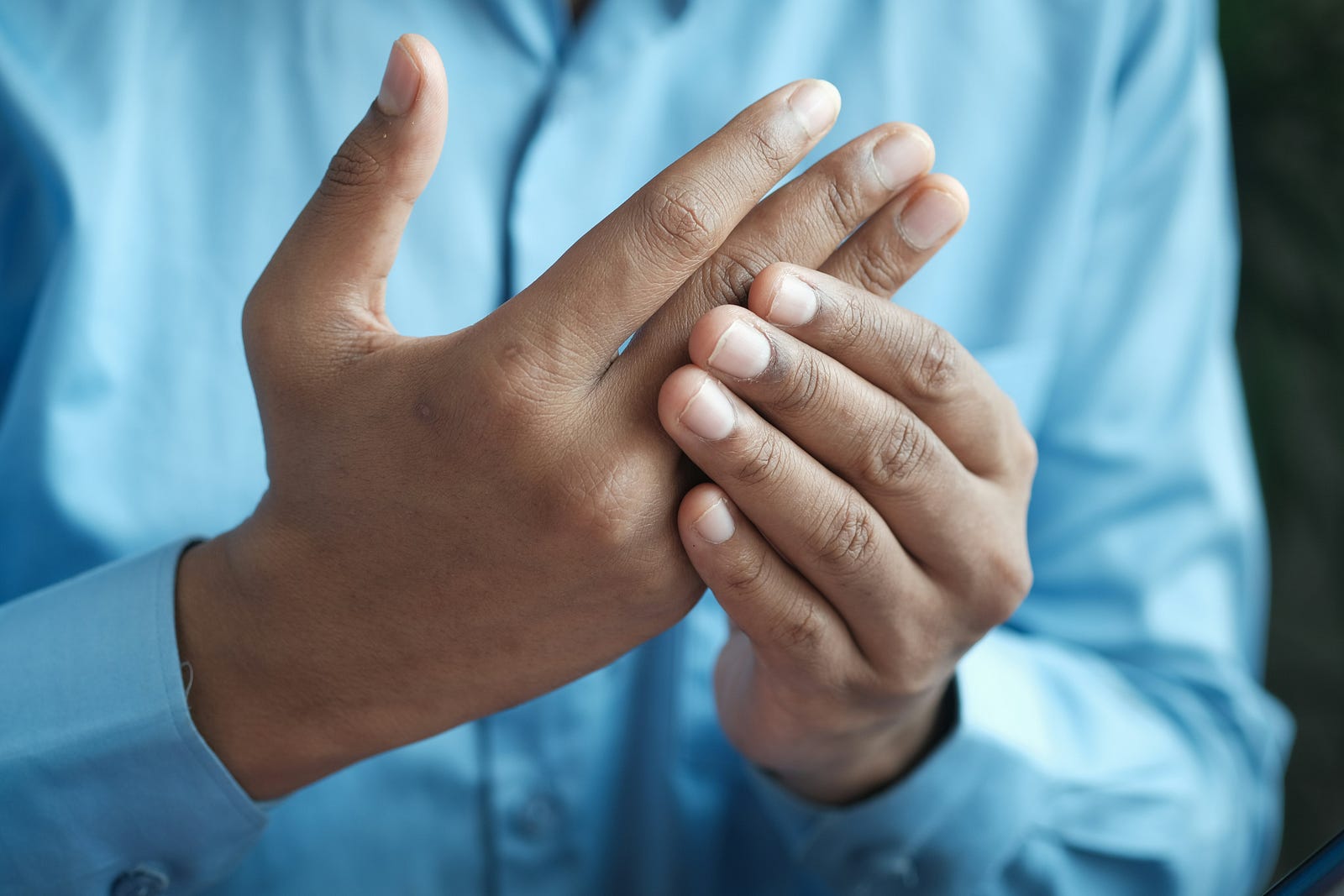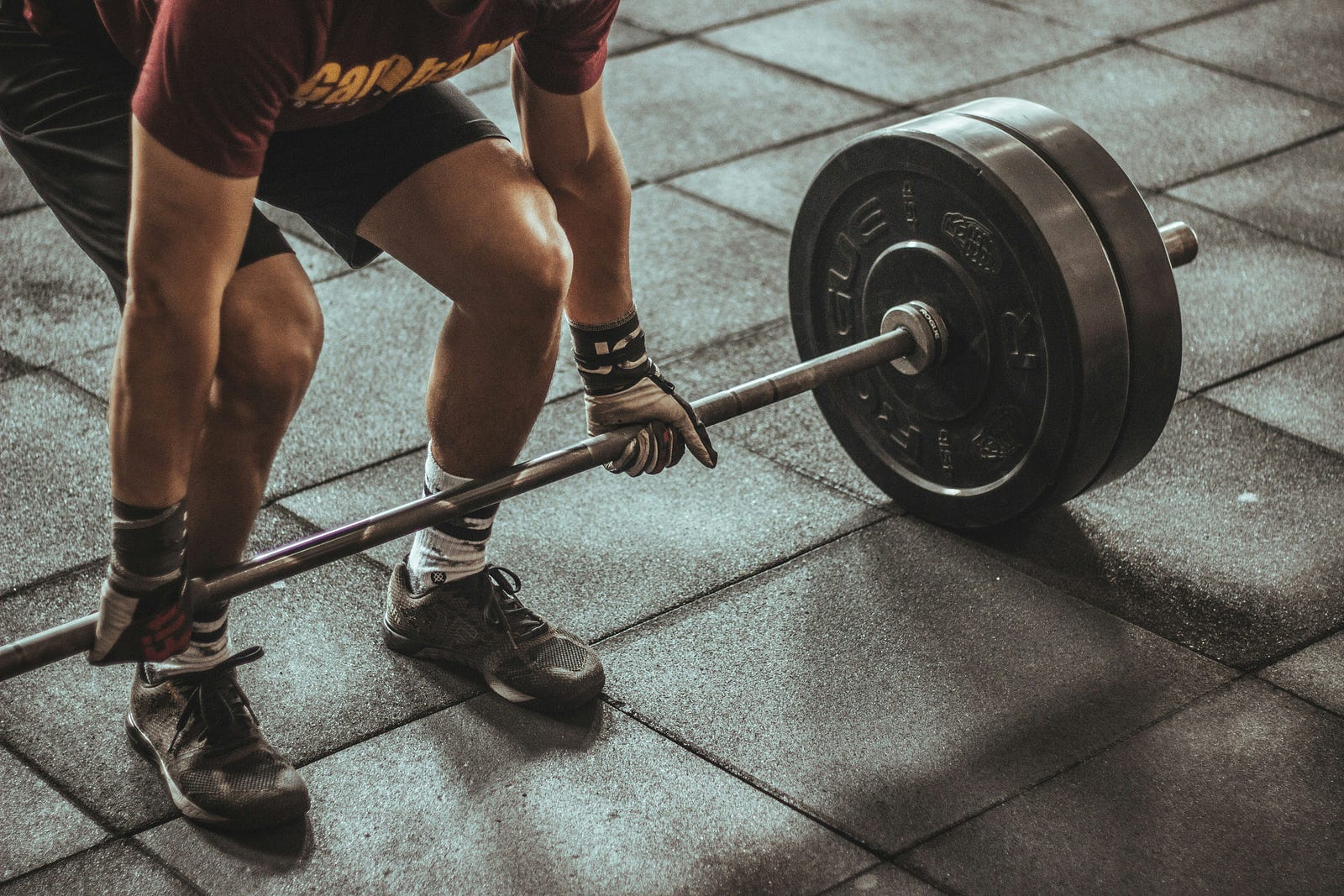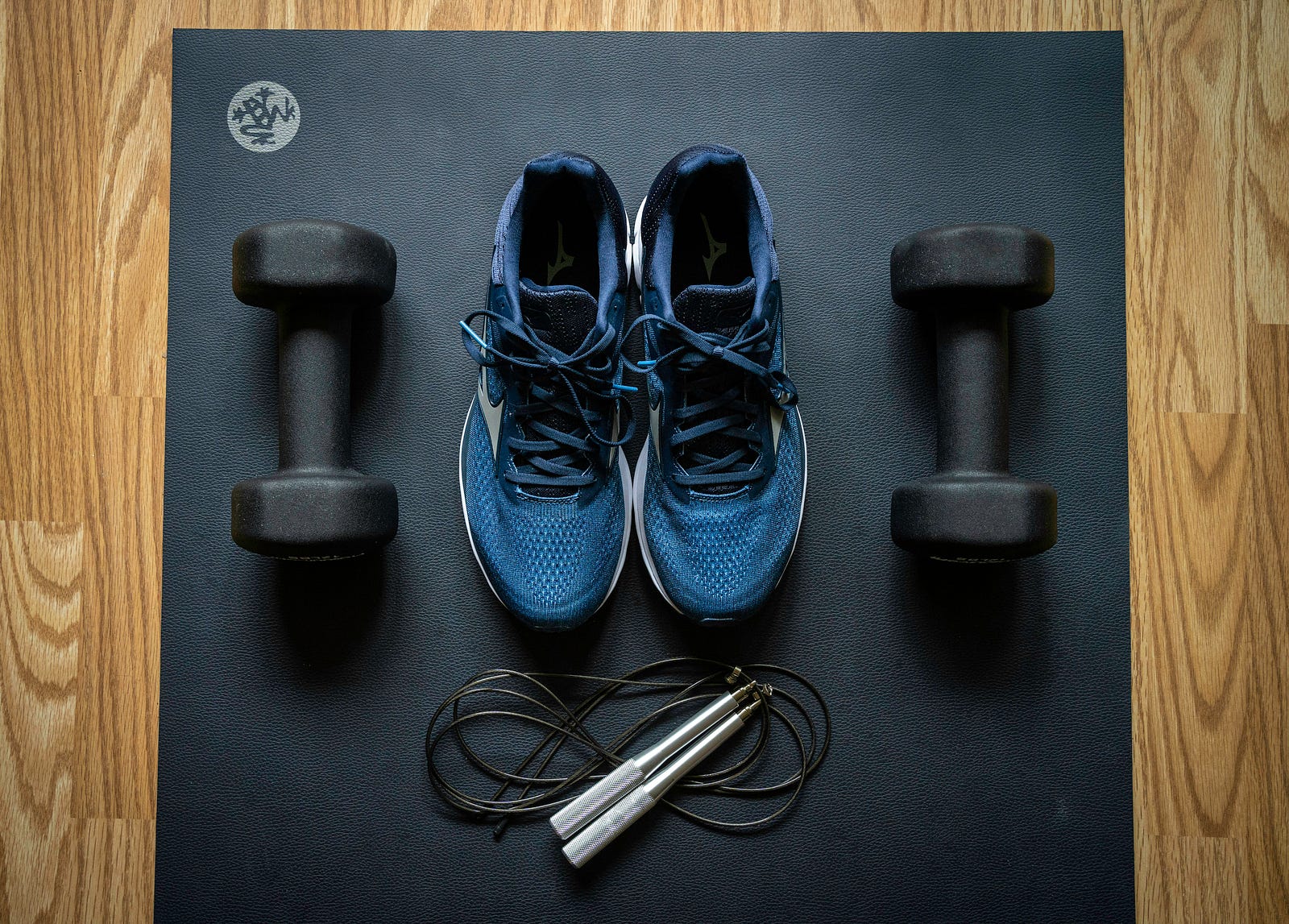LIFTING WEIGHTS AND DOING STRENGTH TRAINING can lower your chances of experiencing knee pain and osteoarthritis as you get older, according to a 2023 observational study. Today, we explore resistance exercise and arthritis.
So, if you want to keep your knees healthy in your senior years, hitting the gym might be a great idea.
This study immediately caught my eye. I have had right knee surgery for extensive fall-on-ice induced damage and have a high risk of arthritis in the future.
Bottom line – Exercise and arthritis
In case you don’t want to read further, here is the grand conclusion:
Even after turning 50, starting strength training can still offer protection against joint damage comparable to those that began earlier in life. It’s never too late to strengthen your joints.

Today, I’ll explore the scope of the problem and some study details. Do you do strength training?
Arthritis is common
In the United States, over 53 million adults, about 21 percent of the population, have arthritis.

Osteoarthritis is a major reason people can’t work, costing around U.S. $303.5 billion in 2013 for medical care and lost earnings.
The most common type is osteoarthritis (wear and tear arthritis), but there are others, including the following:
- Ankylosing spondylitis. Arthritis that affects joints near your lower back.
- Gout. This condition causes sharp uric acid crystals to form in your joints.
- Juvenile idiopathic arthritis. Arthritis in kids and teens under age 16.
- Psoriatic arthritis. Arthritis affects people with psoriasis.
- Reactive arthritis
- Rheumatoid arthritis. This arthritis form happens when your immune system mistakenly damages your joints.
- Septic arthritis
- Thumb arthritis
Symptoms
Arthritis is associated with joint stiffness, reduced range of motion, pain, and swelling. Some may experience skin discoloration or a feeling of warmth around joints.

The majority of those with arthritis are between 18 to 64 years old.
Unfortunately, arthritis often hinders individuals’ ability to work. There can be challenges with stairclimbing or even walking from a workplace to a parking lot.
Study – Exercise and arthritis
Researchers gathered information from a large study called the Osteoarthritis Initiative, where we followed people over time.
These individuals were at various stages of knee problems — some didn’t have any issues, some were at a high risk of developing knee problems, and others already had knee troubles.

To understand their physical activity, they asked participants to recall the strength-training activities they did most often during four different life periods: ages 12 to 18, 19 to 34, 35 to 49, and 50 and older.
They wanted to know how long and how often they did their top three activities and how intense they were.
This approach helped researchers see if there’s a connection between strength training at different life stages and the development of knee issues.
Over eight years, they regularly answered questions about their strength training habits. Every four years, they underwent assessments for knee pain and X-rays to check for osteoarthritis.
Results
The results showed that those who did strength training had 20% lower rates of knee osteoarthritis and pain than those who didn’t.
Interestingly, the study also found that starting strength training later in life, even after turning 50, offers similar protection against joint damage as those who began earlier.

So, it’s never too late to start lifting weights for the health of your knees!
My take – Exercise and arthritis
Even though this study doesn’t confirm that strength training directly lowers the risk of knee osteoarthritis or having less knee pain, it hints at an additional health advantage.
Apart from the benefits of gaining muscle mass and strength as you get older, engaging in strength training might positively affect your knees.
While it’s not a solid guarantee, it suggests there could be more to gain from hitting the weights beyond just building muscles.
Risk factors
Any of us can get arthritis, but there are some risk factors for the disease, including:
- Tobacco use
- A family history of arthritis
- Being sedentary
- Having an autoimmune disease
- Being obese
- Individuals over 50
- People assigned female at birth
- Athletes, especially those playing contact sports
- Having a physically demanding job (such as crouching or being on your hands and knees for a long time).

Some of these are modifiable, so don’t be sedentary if you want to lower your risk. And avoid obesity.
Finally, the new study reminds us to get in some strength training. Before engaging in resistance training, please check with a professional (including your healthcare provider).
Move
Keeping active is one of the most effective ways to ease arthritis symptoms.
While it’s crucial not to push yourself into anything that causes severe pain, incorporating gentle stretching and movement into your routine can help diminish pain and stiffness and prevent them from worsening.
Thank you for reading “Exercise and arthritis.”




